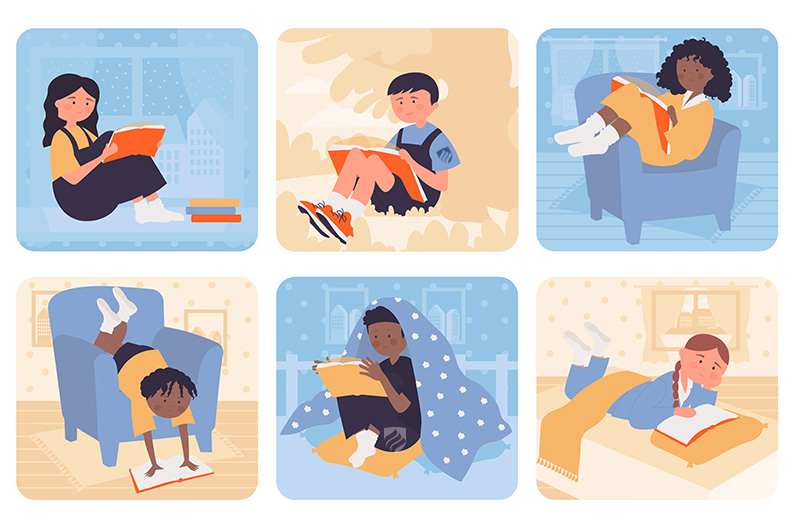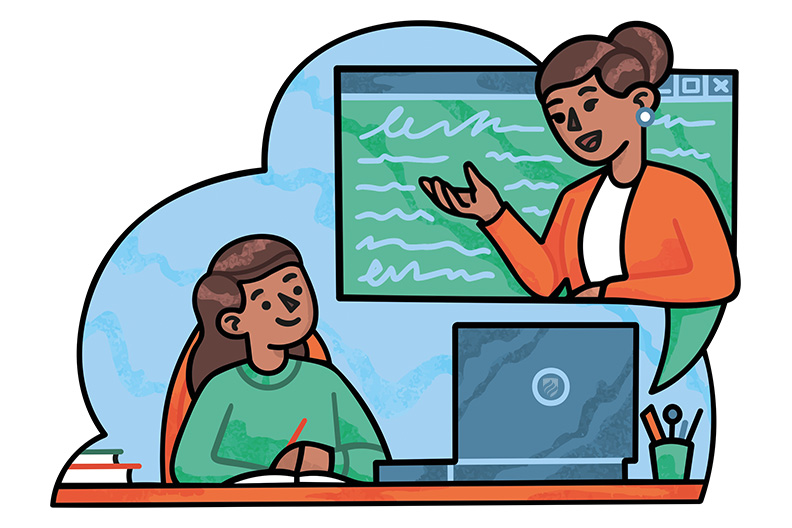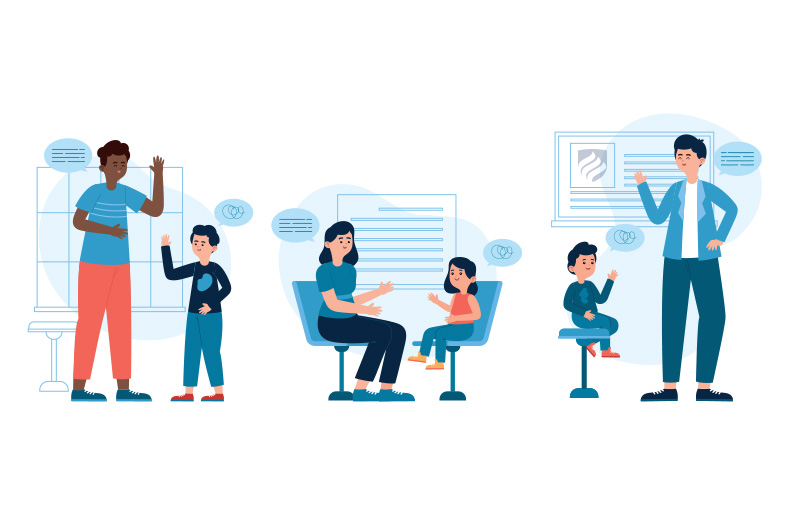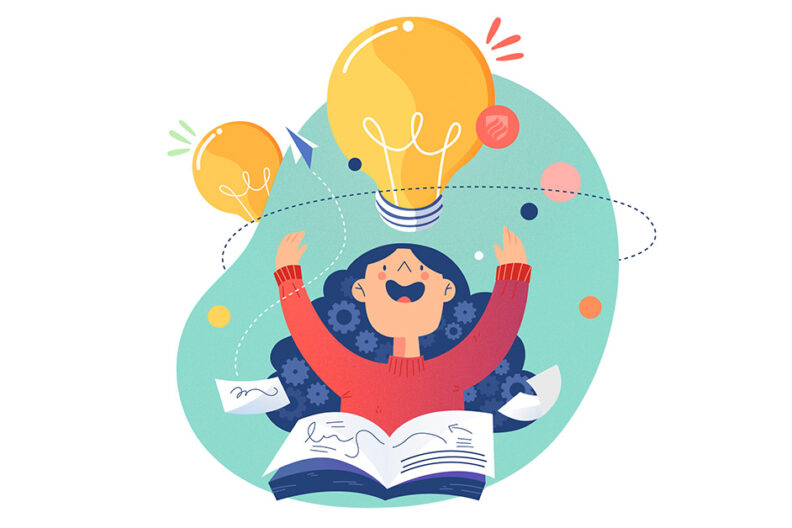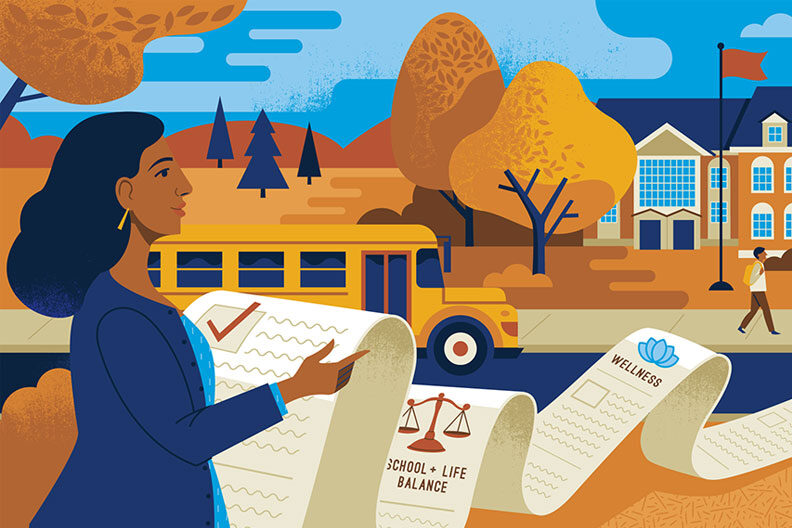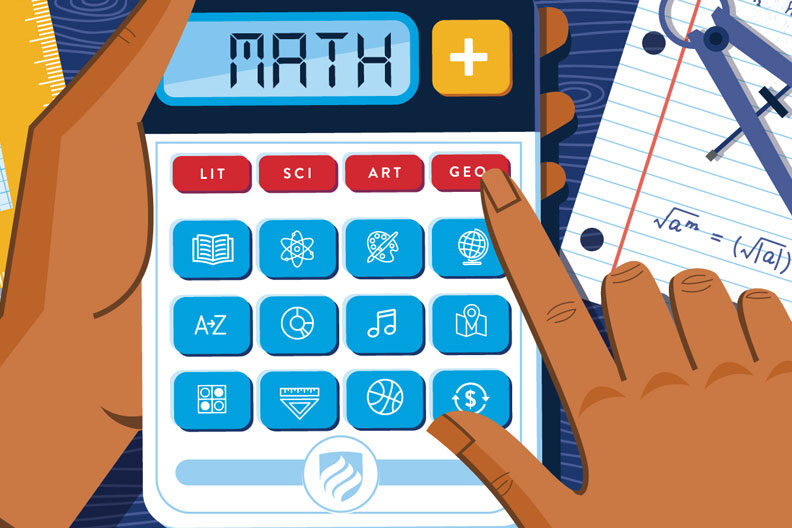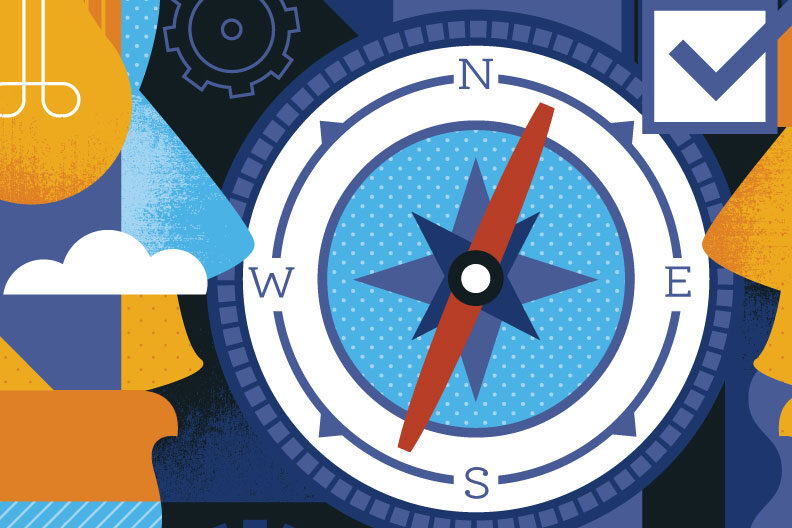3 New Teaching Strategies for the Return to Classrooms
CHALKING THE LINE | BY DEBRA MEYER | 8 MIN READ
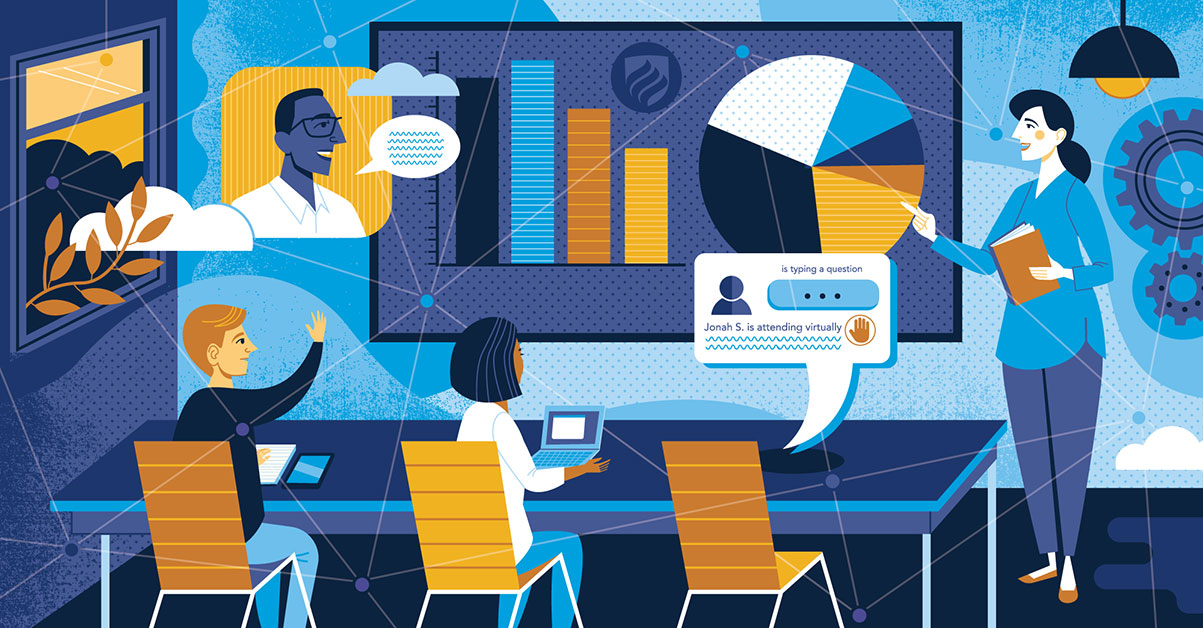
As the end to pandemic remote learning comes into sight, teachers should begin imagining which new teaching strategies and practices they will continue to develop long after face masks are obsolete.
Many educators have already shared how their teaching has fundamentally changed for the better during the pandemic. Adapting to remote and hybrid teaching and learning has inspired teachers to focus on what is most important as well as what is possible. For example:
- Carly Berwick wrote about how remote learning allowed her to view content through a new lens and reminded her of the power of a 15-minute stand and deliver.
- Madeline Will’s article in Education Week discussed how educators had to reimagine ways for students to demonstrate what they understand while figuring out how students could work more autonomously.
- Kasey Short shared that emergency remote teaching taught her three lessons that she will take back to the physical classroom: “connect first,” “clear communication,” and “a little grace goes a long way.”
I asked similar questions about the lessons to-be-learned from new remote teaching strategies in my Chalking the Line post on virtual vs. remote teaching. What I wondered aloud about in that blog post was how changing the context of teaching so quickly and drastically might change teaching itself. Some of my thoughts included:
- Connecting to students when coming to school is not an option. Will teachers continue to use new remote teaching strategies to include students who are at home ill or need to be quarantined? How might school districts integrate synchronous and asynchronous remote learning in lieu of snow days or teacher “institute days,” “late starts,” and “early dismissals”? In other words, what have we learned about the importance of continuous uninterrupted educational opportunities that could be leveraged?
- Enhancing learning opportunities. How might teachers expand students’ learning experiences by connecting to other classrooms and people from other communities—or bringing in experts as virtual guest speakers? What have teachers learned about student engagement in terms of whole-class participation and how small groups work best?
- Collaborating with families. What have teachers learned from working with families remotely about the best ways to support student learning at home? What do students and their families need to learn together successfully and stay connected to school?
- Improving assessment practices. Given that so many teachers mastered monitoring student learning virtually and electronically, how can their successes help improve upon or replace traditional assessment practices? How do we know for sure what every student understands and can do? How might virtual tools help ensure better assessments?
Lessons Learned
Three of the most important lessons learned from remote teaching represent new directions in teaching strategies that educators are still experimenting with, improving upon, and finetuning. These “lessons learned” remind us of what is most essential in today’s classrooms—and inspire us to look in new directions for improving our practice.
1. Improved Instructional Communication Strategies
Since their first courses in teacher preparation, educators have been schooled on the importance of communication: communication in the classroom with students and outside the classroom with families and colleagues. Remote teaching and learning exposed the gaps in our communication strategies while helping us build new and better communication skills.
When teachers went online, we had to change the ways in which we interacted with our students, colleagues, and families. This immediately caused frustration and angst, but it also illustrated how we had not been communicating optimally face-to-face.
Lindsay Mitchell’s article, “6 Strategies for Successful Distance Learning,” is an excellent reminder of what improved communication should look like—online and face-to-face. Although she draws from her extensive experience teaching, mentoring, and coaching, Mitchell argues for an empowering environment in all contexts. These empowering environments should include families, too. Improving communication as a teacher, according to Mitchell, means having interactions that are authentic, familiar, simple, flexible, organized, and concise.
Remote learning pushed educators to improve communication (written and oral) because we could not rely on what was familiar and easy. We also had to increase our communication due to the ever-changing realities and uncertainties of the pandemic. We needed new ways to interact with our students and their families.
Now we need to bring these new and improved communication strategies back into the physical classroom.
2. Better Technology Integration Strategies
A second lesson learned has been that many educators had not fully integrated technology into their practice. Classroom technology integration has been talked about for decades, but many schools and teachers were not prepared to go remote, in part due to piecemeal adoption. As a technology integration guide on Edutopia in 2007 explained, “When technology integration is at its best, a child or a teacher doesn’t stop to think that he or she is using a technology tool—it is second nature.”
If educators have known about technology integration and its importance for so long, why were so many of us caught off-guard and searching for answers when it came to emergency remote instruction? How well were our students prepared to adapt to the virtual environment? Why were we not connecting remotely during those snow days and sick days, or providing asynchronous instruction to support students at home? Why were so many students under-resourced in learning technology hardware and software in 2020?
Teachers have learned so much about how to integrate technology, including how to troubleshoot technical difficulties and support students and their families in connecting online. For example, “screencasting” assignments, directions, and mini-lessons became necessary due to remote learning—but it was also an important and effective way to provide students and families with additional learning resources.
Teachers, who also have experienced remote learning as parents, give important insights into the asynchronous process about how to integrate remote and asynchronous learning into the school week. Jenny Pieratt does this in her April 2020 blog post on designing a flexible, asynchronous schedule. How will such flexible and asynchronous learning become integrated into the school week as part of in-school and homework learning?
3. More Meaningful and Inclusive Participation Strategies
The third and probably most challenging lesson learned in remote teaching has been how to engage all students online.
While student engagement was a primary goal in face-to-face teaching, educators had become accustomed to the status quo in their classrooms, with a small percentage of students engaging in the majority of classroom interactions. We used nonverbal cues, thumbs up, and other checks for understanding as a way to tell ourselves that everyone was actively engaged.
When moving from our brick-and-mortar classrooms to virtual ones, we became acutely aware of how difficult it is to engage every student in active participation. In response, we created a plethora of participation strategies. A few examples include:
- Edutopia’s eight strategies
- The Seattle Department of Education and Early Learning’s six tips
- ISTE’s ideas for breakout rooms, interactive slides, and keeping it social
However, there are larger issues of when and how students participate, and who participates, virtual or not. What will be essential for all educators in the coming year is to consider the broad and complex set of ethical questions around students returning to the classroom while the pandemic continues to impact their lives.
Johns Hopkins University addressed the moral complexity of school reopenings in an important document: The Ethics of K-12 School Reopening: Identifying and Addressing the Values at Stake. It is a “must-read” for all educators.
When we think of students participating online or in a physical classroom, broader moral questions need to be raised about their well-being, liberty (issues of choice and privacy), and issues of justice and equity.
One of the major realizations from teaching and learning during the pandemic has been acknowledging the pervasive, extensive and long-term inequities in our educational systems from preschool through college. When students are seated at their desks, it is easy to ignore that being in the same classroom does not ensure that everyone has the same learning opportunities.
So, as we return to physical classroom spaces that once again mask these inequities, we need to become more ardent advocates for every student and constantly ask, “Does everyone have what they need to learn?” And more importantly, “What does everyone need in this time and place?”
Pandemic remote learning revealed how ineffective and immoral the status quo is; now we need to return to the classroom and challenge those injustices while at the same time stepping up to the task of helping every student recoup lost learning opportunities. One way to do this is by taking the lessons learned and making meaningful changes in our instructional practices through leveraging the most effective remote teaching strategies.
Learn and Refine New Teaching Strategies at Elmhurst University
If you have a passion for teaching, develop your skills at Elmhurst University. We offer the M.Ed. in Teacher Leadership and other advanced degree options in education. Use the form below to let us know you are interested!


